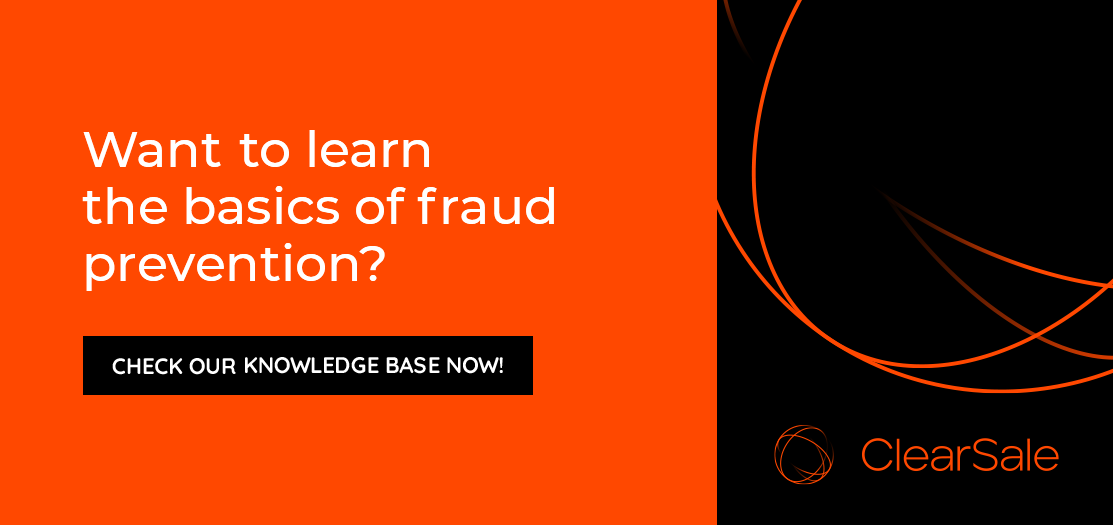Why MOTO Transactions Have an Increased Fraud Risk
It seems like the web and online shopping have been around for decades. Still, it’s really not that long ago that consumers would place orders for goods by thumbing through paper catalogs and giving credit card information over the phone lines or mailing checks.
Although Mail Orders/Telephone Orders (MOTO) weren’t nearly as quick and efficient as today’s order processing, as one of the first forms of card-not-present transactions, they got the job done.
But while most e-commerce merchants focus on online sales today, some merchants still accept MOTO transactions from customers who haven’t yet made the shift online. It may seem like the same end result — a credit card is charged for a purchase — but the risk to the merchant isn’t the same.
If you’re considering adding MOTO transactions to your payment alternatives — or wondering if you should keep it as an option, make sure you factor these MOTO transaction facts and risks into your decision.
Why MOTO Transactions Are Riskier Than Online Transactions
All credit card payments, regardless of how they’re made, are regulated by the Payment Card Industry Data Security Standard, which ensures a secure financial environment. And because MOTO transactions aren’t considered “electronic” payments, they are exempt from Secure Customer Authentication regulations. This means less friction during the checkout process for customers and a decreased risk of cart abandonment.
But while MOTO transactions make the shopping process easier for customers, it adds an extra level of risk to merchants. Here’s how.
Harder to Defend Against Chargebacks
Merchants can’t confirm the identity of their customers when they process orders received by mail or over the phone. There’s no customer signature, no PIN entered, no written communication — nothing that connects the individual authorizing the transaction with the legitimate cardholder. That means merchants accepting MOTO transactions are automatically at an increased risk for fraud and chargebacks. Without any proof that a customer authorized a transaction, representing chargebacks becomes your word against theirs, and you’re likely to end up covering the loss.
Increased Restitution Charges
Every merchant will find themselves on the receiving end of fees and penalties if they accept an order that turns out to be fraudulent. But merchants who accept MOTO transactions may find their fees and penalties could be even higher. This is because with in-person transactions, fraud fees are the responsibility of the credit card issuer. But with MOTO transactions, the responsibility for restitution lies with the merchant account — who is likely to pass along those fees to the merchant.
Higher Processing Rates
Because MOTO transactions are placed with the physical credit card unseen, they are at an increased risk for fraud and chargebacks. As a result, credit card processors pass off the increased risk they assume in the form of higher per-transaction rates to merchants.
How You Can Minimize Your Risk
In today’s e-commerce environment, customers want to be able to pay for products and services in a way that’s quick, easy and convenient.
No matter how a customer completes a transaction — whether they present a card in-person, pay for it online, or provide a credit card number by mail or telephone — it doesn’t mean the transaction is legitimate and won’t come back as fraudulent or be charged back later.
While you can’t protect your business against every instance of CNP fraud and chargebacks, with a smart strategy, you can protect your revenue and reputation from many of these threats. Using our comprehensive fraud prevention solution, which combines trained human analysts with advanced machine learning to address your fraud threat in real time, you’ll be protected against the rising threat of card-not-present, chargeback and friendly fraud. Contact a ClearSale analyst today to learn more.
 Rafael Lourenco
Rafael Lourenco
